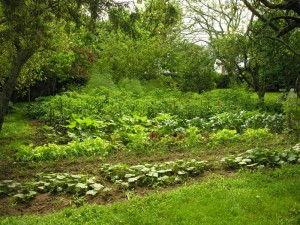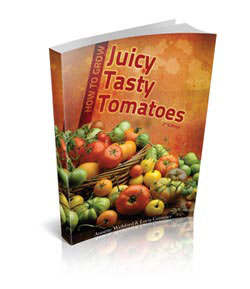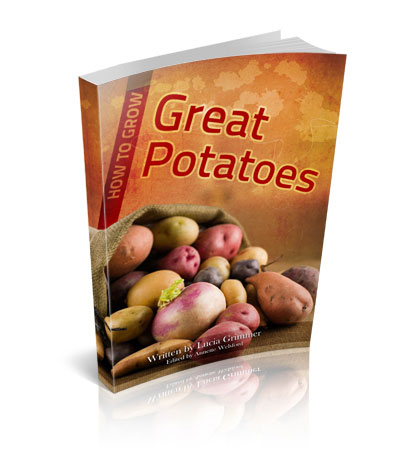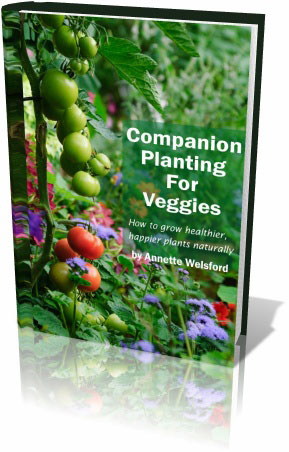The Art of Crop Rotation
 |
| A thriving home veggie garden planted with Group 3 vegetables as well as cucurbits. Pic courtesy oceansart.us |
It is a proven fact that one type of vegetable cannot be grown in the same field or garden bed year in year out. This is because specific plants suck certain nutrients out of the soil. If you don’t rotate crops, you will find that the soil will deteriorate rapidly in terms of both structure and the nutrients contained in it. However by rotating crops, and growing particular vegetables after others, you will economize on the resources in the soil, and add to them.
For instance, legumes trap valuable nitrogen in little nodules that form on their roots. Leafy vegetables, on the other hand, have a high demand for nitrogen, so it stands to reason that they will benefit if planted after legumes. Leafy vegetables don’t need a lot of phosphorous, while root vegetables do. So it’s a good idea to plant root vegetables like carrots and radishes after you’ve grown your leafy veggies. Fruiting plants including tomatoes and cucumbers also absorb any spare potassium left in the soil by plants grown before them.
Rotating crops also ensures that pests and diseases commonly found attacking certain plants won’t continue to flourish when a plant that is threatened by different pests and diseases is planted.
While you won’t want to miss a whole season without planting your favourite veggies, most either thrive in cool weather or in warm weather. So crop rotation according to seasons is relatively easy. But horticulturists warn that we should alternate (or rotate) crops over a period of several years – this makes it more difficult, particularly in a small garden, although many vegetables may be grown successfully in pots – and it is easy to replace soil from time to time. But in larger gardens, the solution is to work according to a series of beds, so that you can always have the same vegetables growing if you wish.
Botanically, and by habit, there are as many as six different vegetable groups:
- Cruciferous crops (or brassicas) including cabbages, cauliflower, broccoli, Brussels sprouts and kale.
- Solanaceous crops, including tomatoes, potatoes (which are tubers), peppers and aubergines (or eggplants).
- Root crops, the most popular of which are carrots, turnips, beetroots, parsnips and salsify.
- Cucurbitaceous crops, like cucumbers, pumpkins, squashes and marrows, and all types of melon including watermelon.
- Leguminous crops, specifically beans and peas.
- Miscellaneous crop not included in the other five categories, including Swiss chard and spinach, leeks, celery, onions, sweet potatoes, radishes, lettuce, endive and artichokes.
But it can be a challenge to base a crop rotation system on so many groups, so we have compiled a table for four years, which involves planting a simplified four groups in four different beds – or on four separately defined garden plots.
Group 1: The brassicas as well as onions, leeks and celery, all of which need lots of manure and compost in the soil, and generally require cool growing conditions.
Group 2: Root crops plus kohlrabi and sweet potatoes, both of which are in fact cruciferous crops. Avoid adding manure to the soil prior to planting because the nitrogen promotes top growth and encourages abnormal growth underground.
Group 3: Solanaceous crops (like tomatoes and potatoes), most of which prefer warm conditions, as well as lettuce and Swiss chard.
Group 4: Legumes. If you can only included three groups in your crop rotation plan, leave this one out and plant with other veggies.
| Crop Rotation | ||||
|---|---|---|---|---|
| Plot 1 | Plot 2 | Plot 3 | Plot 4 | |
| Year 1 | Group 1 | Group 2 | Group 3 | Group 4 |
| Year 2 | Group 4 | Group 1 | Group 2 | Group 3 |
| Year 3 | Group 3 | Group 4 | Group 1 | Group 2 |
| Year 4 | Group 2 | Group 3 | Group 4 | Group 1 |
| Slip any miscellaneous plants not included in the four groups as well as the cucurbits into the rotation scheme as you wish. | ||||
Tags: Crop Rotation, organic gardening












